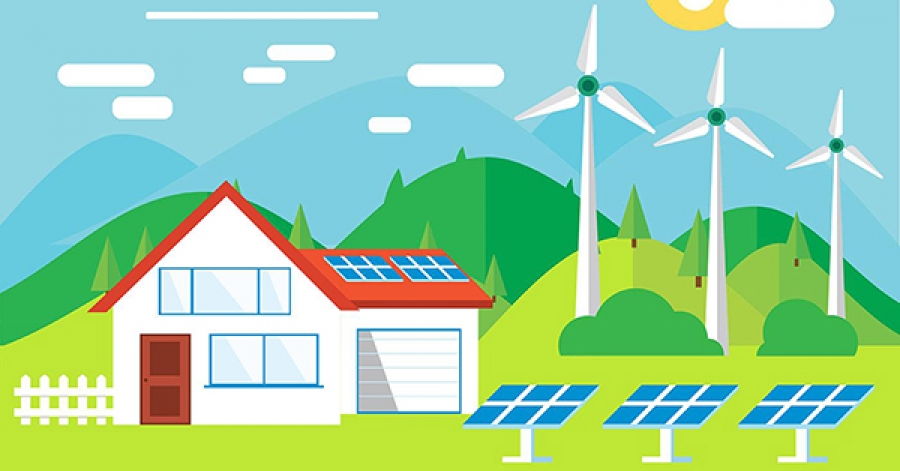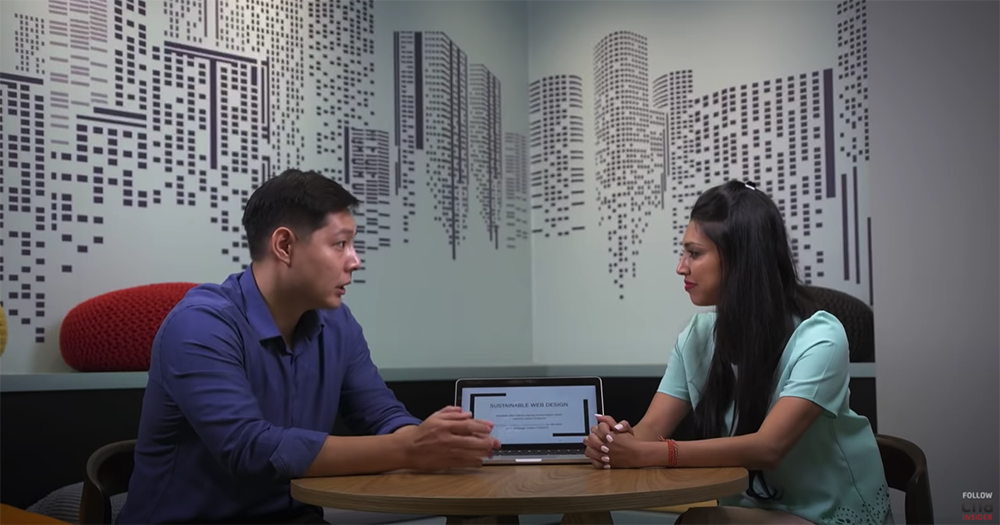What is Sustainable Web Design
The Building Blocks of Sustainable Web Design
1.) FINDABILITY
The easier content is to find, the fewer pages a user has to load to locate information. This means fewer server requests are made and those unnecessary page elements — like photos and videos, which take up a lot of bandwidth — don’t load, either. These small energy savings accumulate over time.
2.) PERFORMANCE OPTIMIZATION
Sustainability and page speed go hand-in-hand. When your website runs more efficiently, you use less processing power, which means that your site uses less energy and will have a lower carbon footprint. Your customers expect to get the content they want instantaneously, and efficient pages load more quickly, reducing your site's bounce rate and keeping customers engaged and satisfied.
3.) DESIGN & USER EXPERIENCE
Sustainable design is design that is efficient and accessible. Creating good experiences for both mobile and desktop users improves accessibility because it makes it easy for people to access your site no matter what hardware they have. Mobile-first web design also helps you avoid loading large assets designed for desktop machines, which improves your site's speed and energy efficiency.
6 Steps to take can to make your website more eco-friendly efficient
1. Optimise your images and choose them wisely
Taking the time to properly size and optimize every image on your website will make a huge difference to the overall size of your web pages. It is also worth noting that the actual images you choose also have an impact.
2.Set up web caching to improve website speed and CDN
Caching involves downloading shared page elements, such as JavaScript, CSS, and images, and storing them closer to the user. When the user revisits the page, they can retrieve this data from the cache location rather than querying the webserver again.
Working with optimizing and compressing photos and minifying CSS and Javascript and all good examples of optimizing the website speed.
Use Content Delivery Networks (CDN) like Cloudflare to increase web performance, reduce energy consumption, and lower the amount of redundant traffic moving through the Internet.
Do use a lazy load for images and media. Lazy loading means loading images and other media only as it’s required. Everything above the fold loads instantly when a user lands on the page, but the rest only appears as they scroll down. So if a user doesn’t scroll all the way to the bottom, not all the images need to load.
3. Are u embedding YouTube videos?
An embedded YouTube video typically adds about a megabyte of data transfer before anyone even interacts with it. If only a fraction of our users are actually going to sit and watch the embedded video on our website, could we just link to it instead?
4.Improve site navigation to make it easy to find information
A large unwieldy site with an unclear navigation structure will confuse and annoy your users. But that’s not the only downside. It also increases the amount of time people spend clicking around the site trying to find the information they require.
Spend some time thinking about audience personas and their needs, and set a clear, logical navigation structure so visitors can zip straight to the bits they want.
5. Do Housekeeping - Delete what you don’t need
Periodically carry out a spring clean of your website and delete anything you’re not using. This includes unwanted themes and plugins, old post revisions, unused media, categories and tags, spam comments, broken links, etc. The more streamlined your site, the less energy it gobbles up.
6. Improve your SEO
A crucial part of web sustainability is to design a website to be easily indexed by search engines. Making a website more search-friendly cuts down the power needed by search engines to index a website.
Great ways to optimize your website’s SEO include using relevant keywords and meta descriptions, optimize your website speed, using inbound and outbound linking, and frequently updating a blog. It is also important to remove any broken links and unnecessary pages; which can lead to a lowered User Experience as well.
Oasis Web Asia is featured in ChannelNewsAsia on Sustainable Web Design
In Summary - Find out about your own website carbon output
Use a carbon calculator for your website such as https://www.websitecarbon.com to find out the status of your website.
Equipped with all that information provided, you can request your web agency or developer to optimize your website to be as eco-friendly as possible and play a part in saving the world.






